Alsace appellation “confusion”? Bring it on!
Posted on February 19, 2015
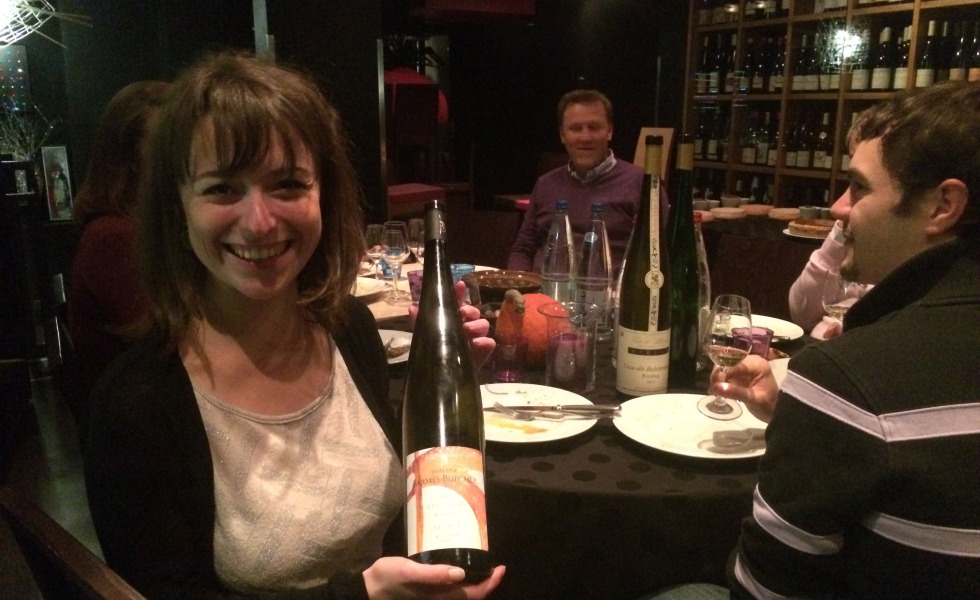
By Panos Kakaviatos for wine-chronicles.com
20 February 2015
I just had a news article published on decanter.com about plans to add two more appellations to the 53 that already exist. Some posters in social media react with the remark that far more important is for consumers to understand if the wines are sweet or dry. Indeed, sommelier Morgan Harris tweeted the suggestion to label Alsace wines like the Loire does: “Sec, Demi, Moelleux…or whatever, use German terms..”.
He and others make the valid point that consumers can get confused with Alsace wine, as they are not sure to get a dry white. More and more producers provide a scale on back labels from dry to sweet, but do all consumers bother to read the back label, tweeted #winelover Fabien Lainé.
Yes, the myriad choices of Alsatian wines – from varying levels of residual sugars in “dry” wines to the evidently sweet late harvest wines – can bewilder consumers. Shapes of bottles furthermore lead neophytes to make comments akin to “this is a really good German bottle”, a remark made by the wife of a journalist friend of mine who was then met with cold silence at a somewhat stuffy Alsatian restaurant in Paris, she said. But can you blame her? With Germanic sounding names, from Altenberg de Bergbieten to Zotzenberg – just two of 51 grand cru ACs by the way – the nomenclature ain’t exactly Grand Nation Napoleonic.
Swiss delights … with higher peaks on the horizon
Posted on February 15, 2015
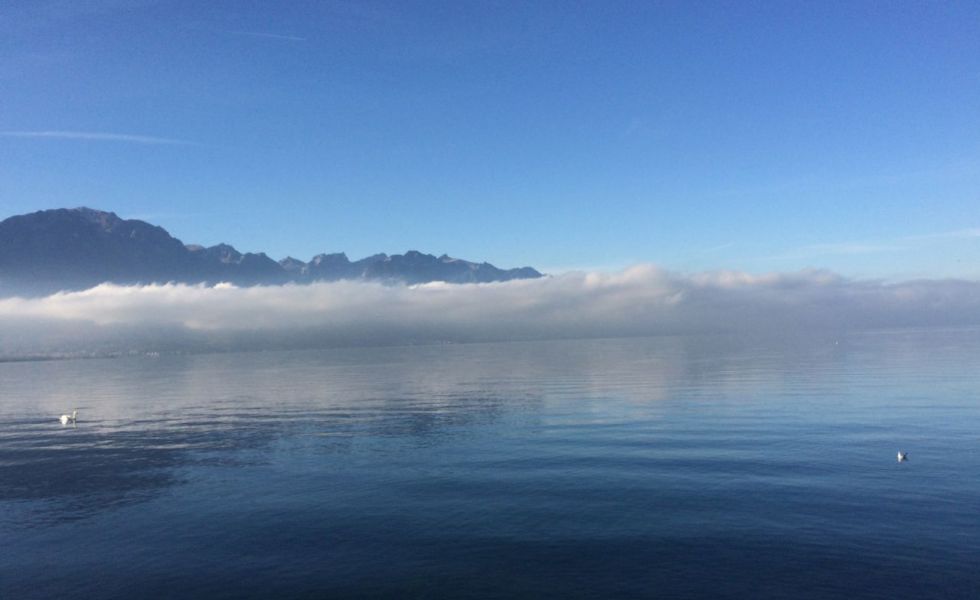
16 February 2015
By Panos Kakaviatos for wine-chronicles.com
Most wine savvy people know that Swiss wine is not limited to using brisk and inexpensive Fendant to wash down fondue or raclette. Of course it is skiing season. Winter beckons such food and wine in a log cabin with a cosy fireplace on a massive snow covered mountain. Hot cocoa, anyone, after that fun on the slopes?
Absolutely!
But when the weather gets warmer, I recommend that wine-chronicles readers in Europe (and beyond) schedule trips to Swiss vineyards this year, because fine wines await your drinking pleasure – and far beyond Fendant.
Don’t get me wrong, I like Fendant. Swiss wine promoters often and justly hype the great combo as raclette is virtually embedded in Swiss DNA, as this recent article notes. Although Fendant – made from the Chasselas grape – is the traditional match, other options can please your palate.
One caveat: During my visit in November 2014, I tried some Swiss wines that seemed as if they were attempting to impress, with some heavy winemaking, such as too much oak or extraction. I find that can be sometimes typical of regions/countries that seek export markets. Similar to some wines I have encountered in both Greece and in Virginia State, to take two (varied) examples. But overall, many fine Swiss wines beckon the true #winelover. Read on to find out …
Champagne: Spotlight on Pierre Péters
Posted on February 15, 2015
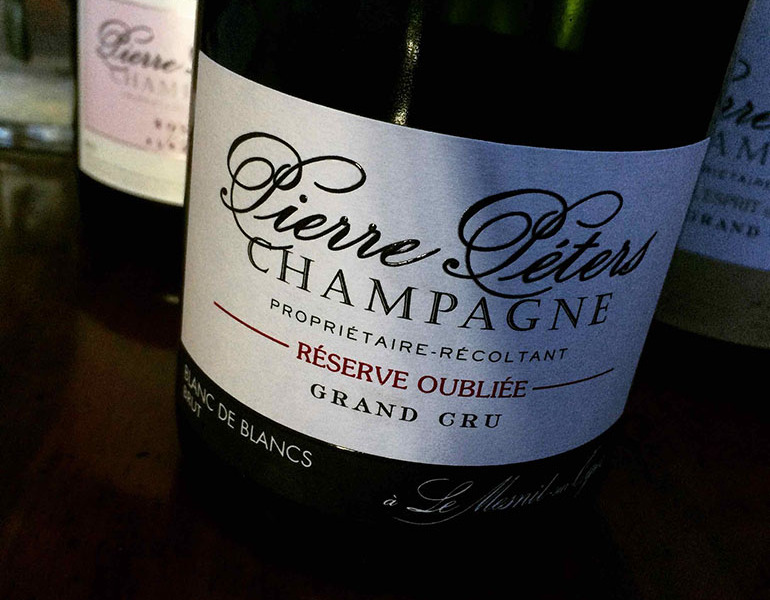
By Christine Havens for wine-chronicles.com
15 February 2015
My first encounter with Pierre Péters happened innocently enough, at a trade tasting, as such encounters often do. “How much is this?” was my knee-jerk response after the first sip. The company’s owners wanted us to keep our opinions to ourselves until the tastings’ end, including questions about price.
At that point in my tasting career, I’d had much less experience with Champagne. Yet, Pierre Péters was instantly memorable, even though my introduction to this celebrated house had been in tasting their Cuvée de Réserve, a wine that cannot be described as humble, despite the fact that it is an entry-level label. (With some searching, the Cuvée de Réserve can be found for less than $50.00, and it’s well-worth seeking out.)
Business lunch at the one star Buerehiesel
Posted on February 7, 2015
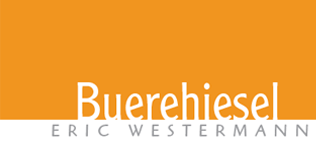
Restaurant review by Panos Kakaviatos for Wine-Chronicles.com
7 February 2015
We were seated in a well-sunlit space, the large windows offering lovely views of the trees in the surrounding Orangerie park on a cold, yet sunny February day.
The site was the Restaurant Buerehiesel, located in the heart of Strasbourg’s rather expansive and pastoral park, the Orangerie, just across from my workplace, the Council of Europe.
I have been in Strasbourg for many years, but this was my first ever experience at this legendary restaurant, housed in a beautiful half-timbered 17th century farmhouse that had been once dismantled from its original location and rebuilt in the Parc de l’Orangerie.
Bordeaux 2005: high tannin, freshness and balance
Posted on February 3, 2015
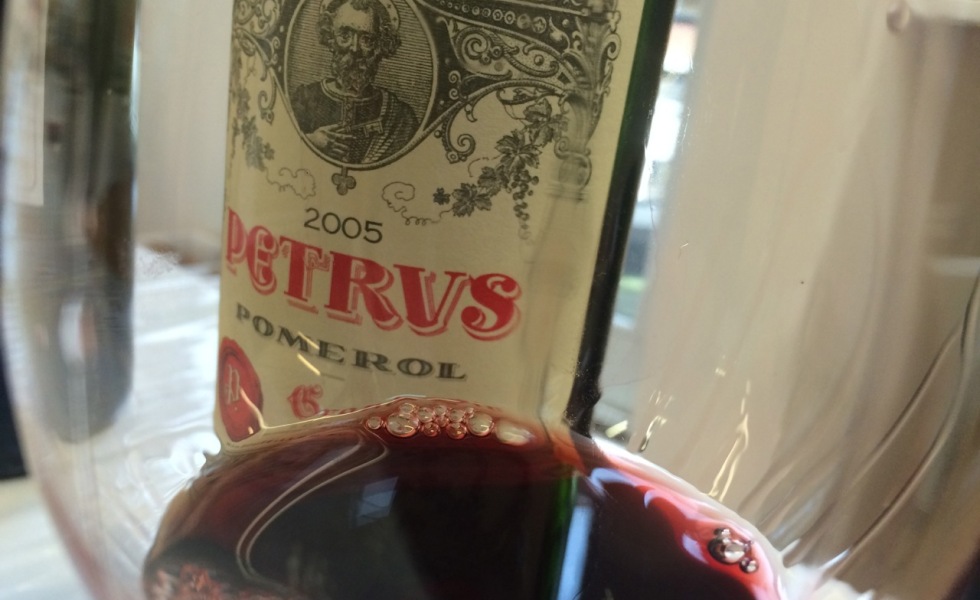
Some high alcohol Merlots in Saint Emilion annoy me, but most all wines yield balance and poise, with freshness and opulence
By Panos Kakaviatos for Wine-Chronicles.com
3 February 2015
Special note: for tasting notes below, I use a simple system: When bold, I particularly liked the wine. If red and bold, even more. If red, bold and underlined: wine nirvana. A star * in addition to all that means THIS*.Bordeaux 2005 was when Bordeaux started getting really expensive en primeur, but not yet when top brands began to sell wines to negociants at sky high prices, leaving little margin interest – and leading to much frustration and end-client recrimination, the effect of which lingers today.
Of course when you talk about top tier Bordeaux, you talk about money. Just take a look at this news brief from Wine-Searcher.com, about “Bordeaux 2005 raising interest on fine wine market” …
But let’s get to the quality.
2005 is worthy of “vintage of the century” status in spite of all the inflated critic scores (and the other vintages of the century of the 2000-2010 decade) that leave you searching for 120-point scales. Yes, from humble cru bourgeois level wines like Poujeaux to the most extraordinary wines Lafite Rothschild and Petrus, you find much to love in 2005.
Many thanks to Giles Cooper of Bordeaux Index for the tremendous opportunity to retaste many Bordeaux 2005 from bottle, nearly 10 years on. Giles said that he loved the freshness in 2005: “It’s freshness without being green,” he said. Indeed.
 Wine Chronicles
Wine Chronicles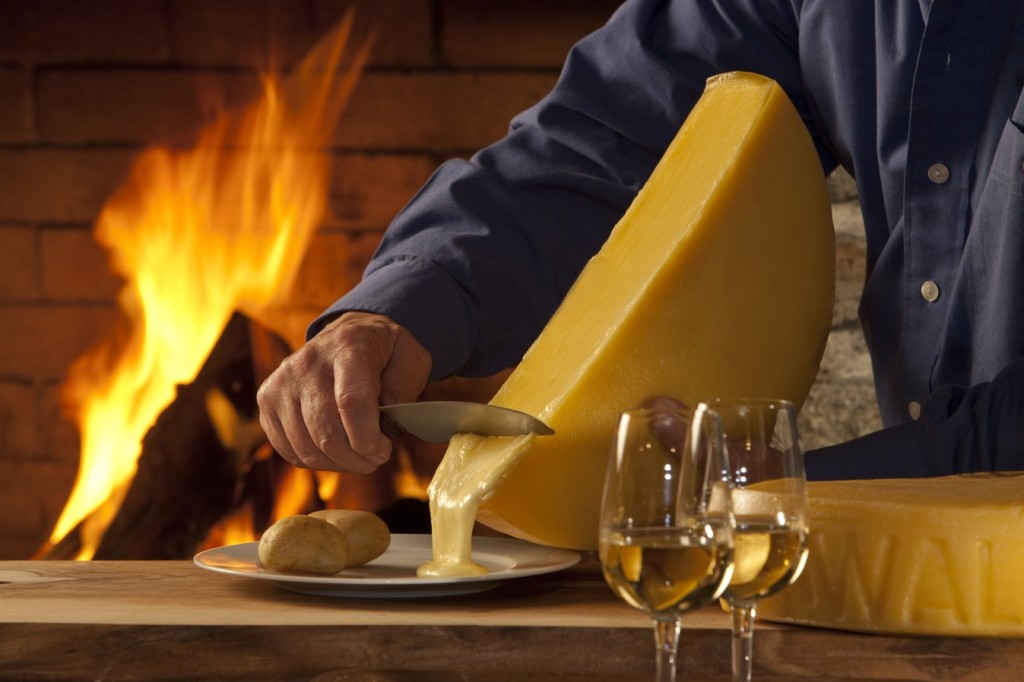
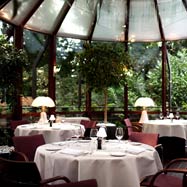
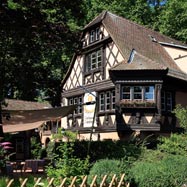
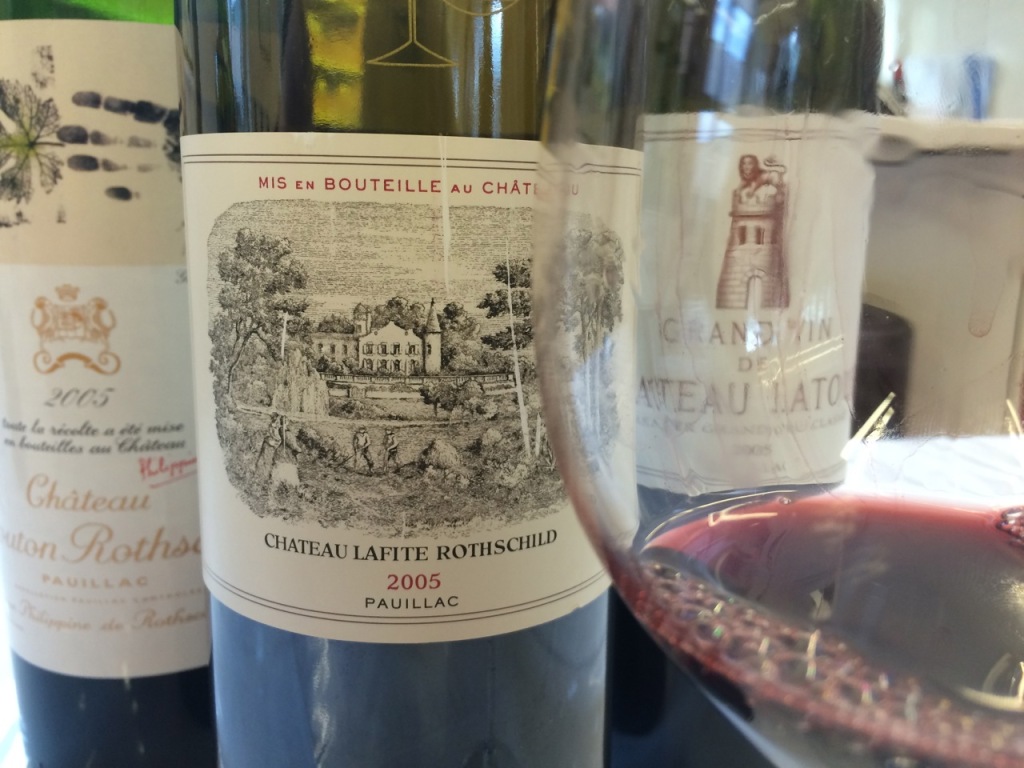
Recent Comments